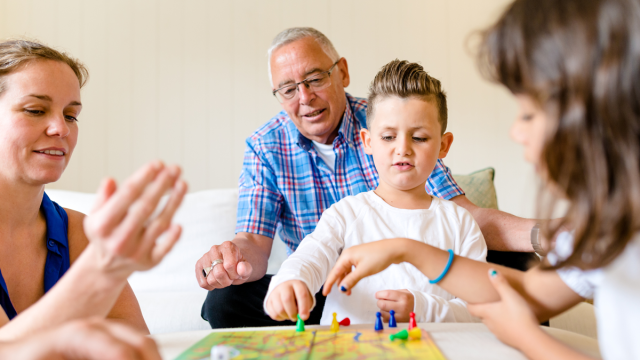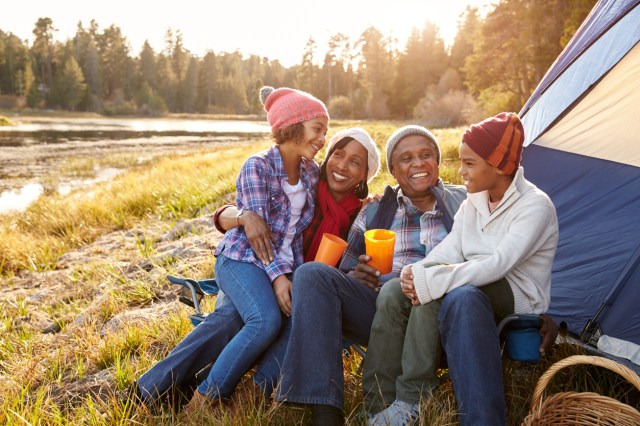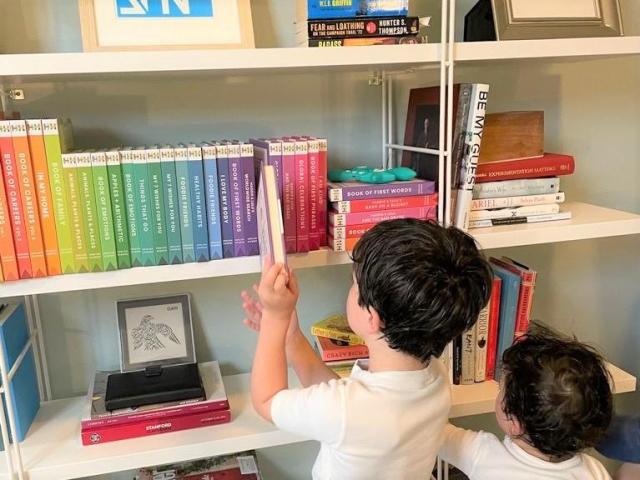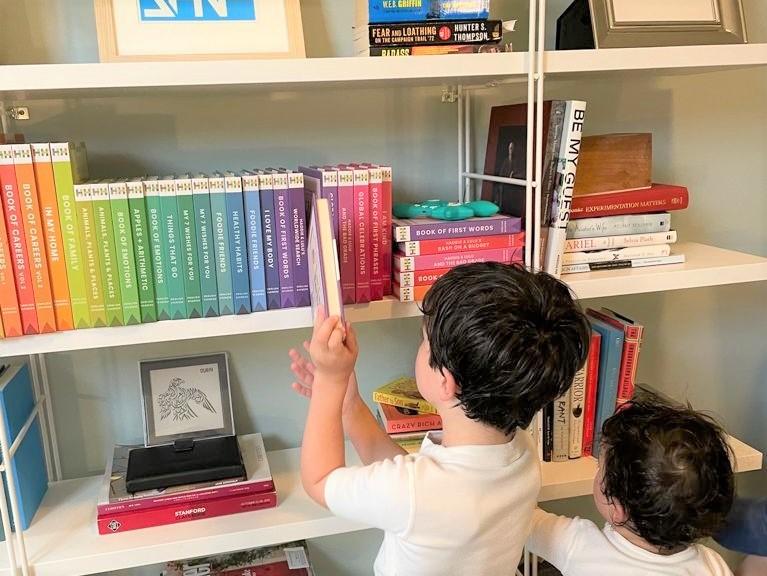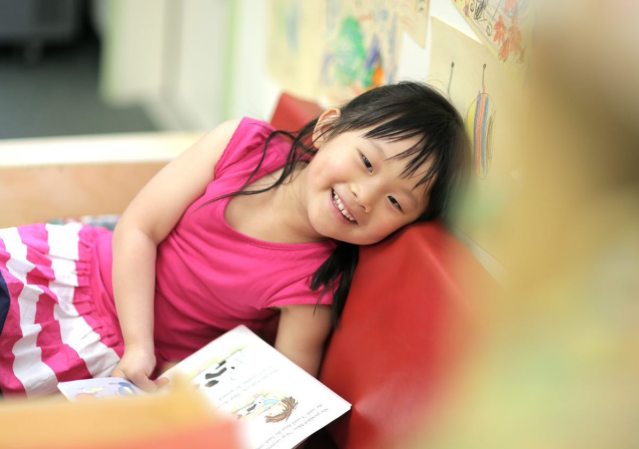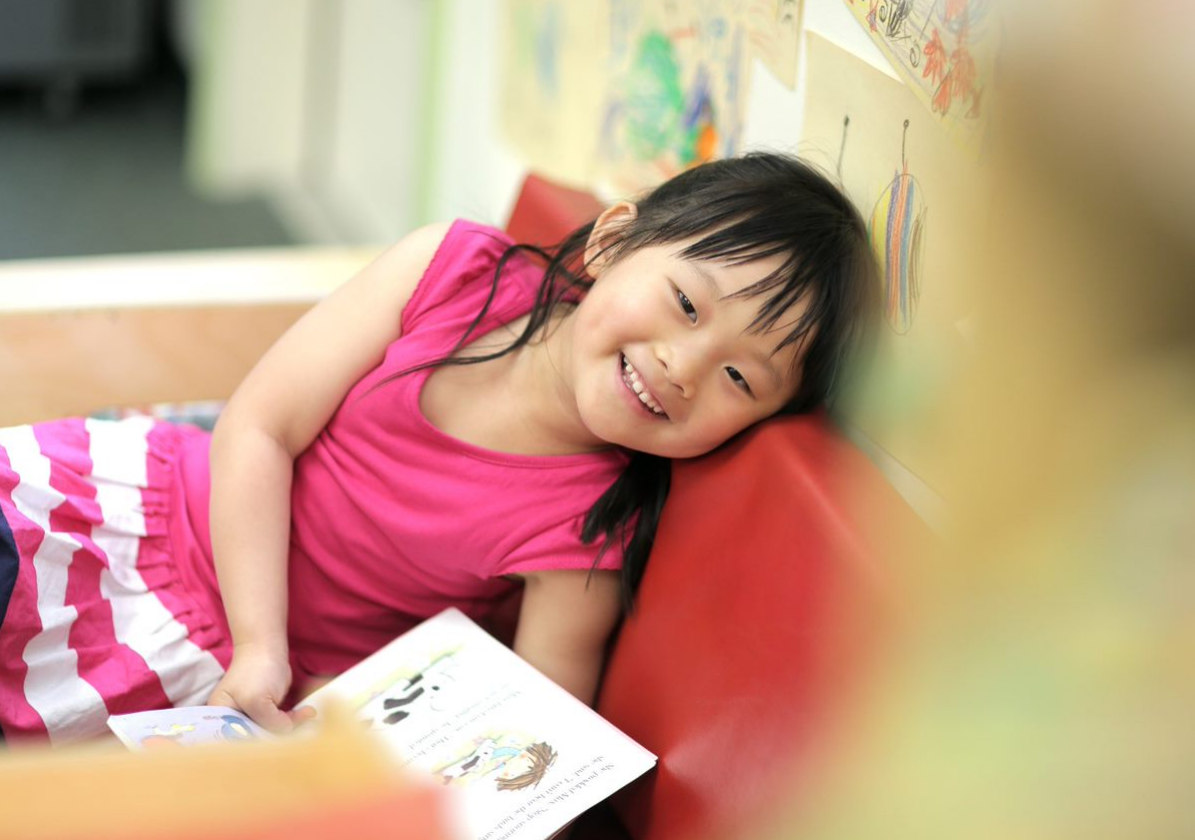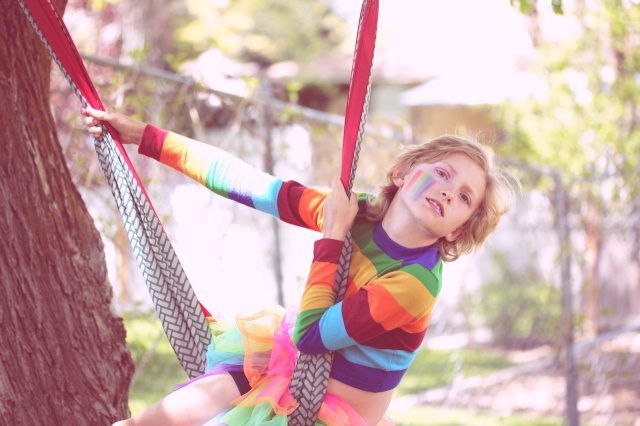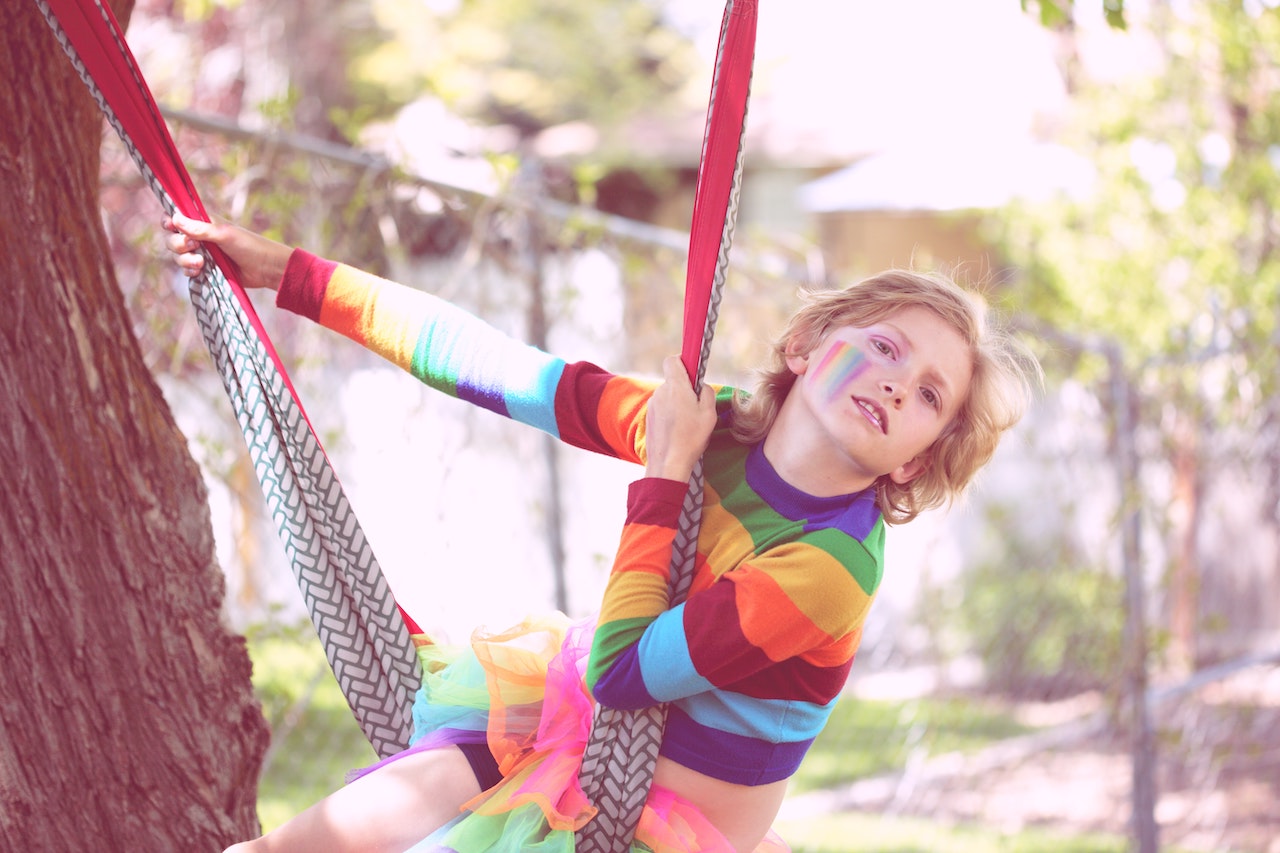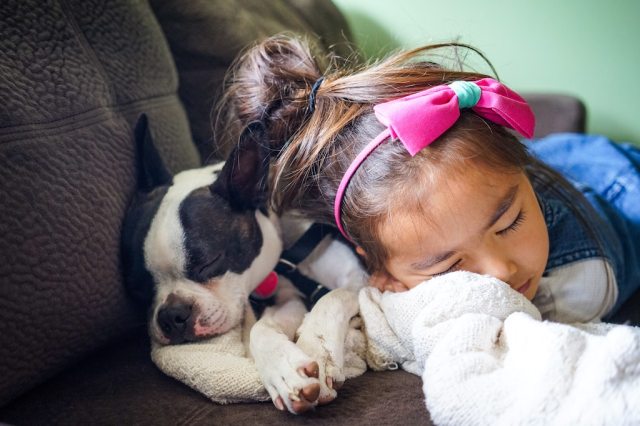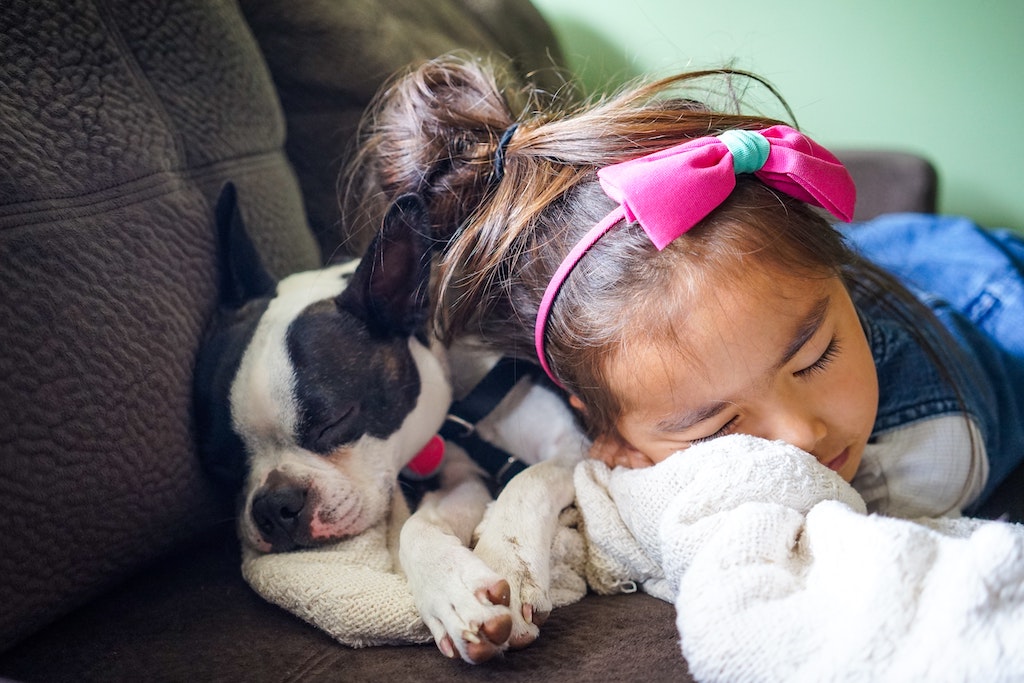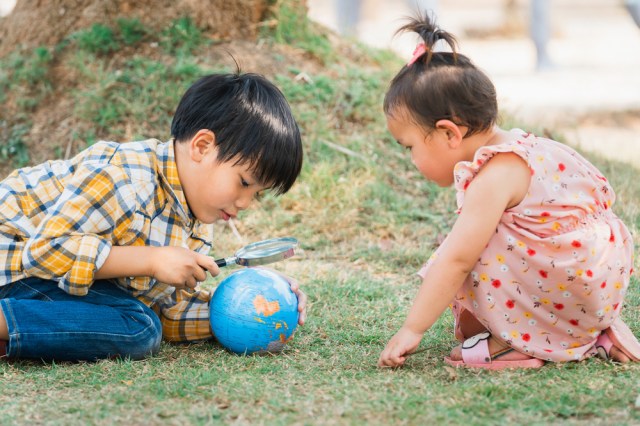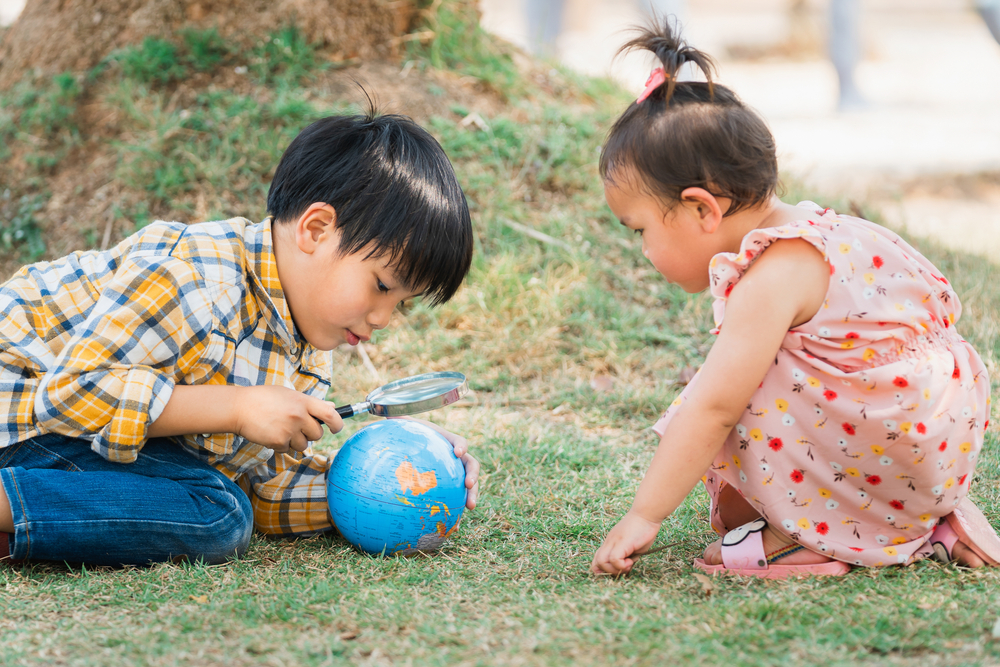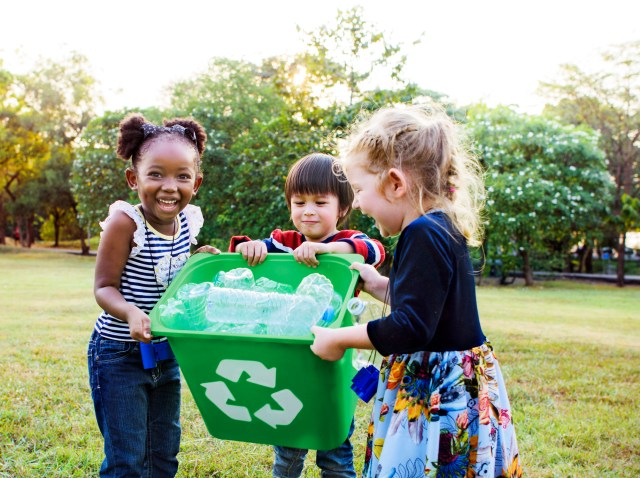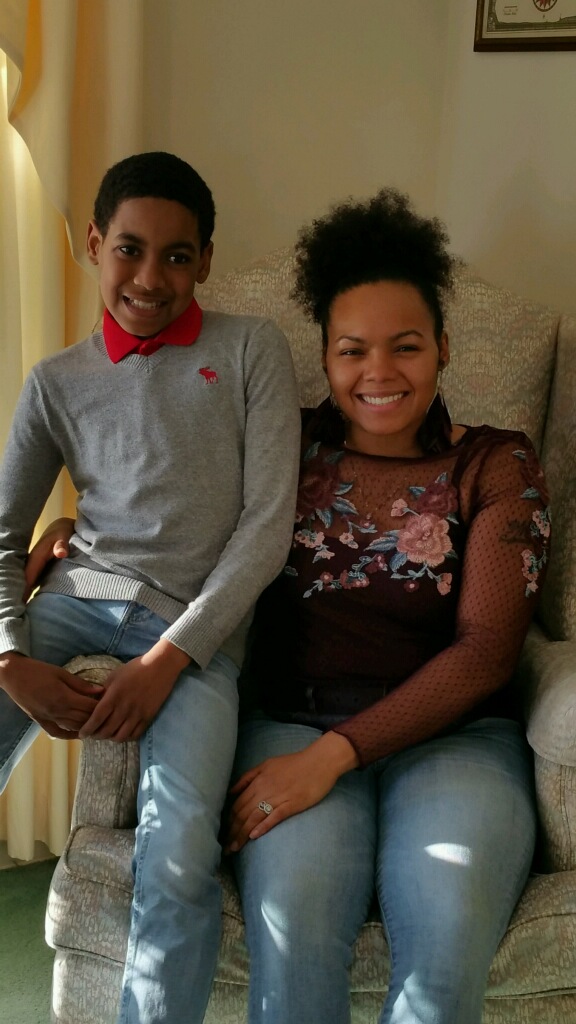Let’s get talking! Every baby learns at their own pace, but there’s plenty you can do to encourage your little bundle of joy’s first words. Because when it comes to baby language development, the more talking, reading, and singing you and baby do together, the better. So the next time you and your little one have some downtime or need something new to do, try one of these easy games that offer simple ways to encourage those precious first words through play.
But first, a few things to remember about baby speech development. Although most babies start to talk around that one-year mark, they spend lots of time learning how to speak in their first year. They notice how parents, siblings, and others respond when they make a sound—whether it’s a cry, a coo, or a squeal of delight—and learn from it. They start to babble. They point and gesture. They mimic conversation in the most irresistible way. Before you know it, they’ll be talking up a storm. Until then, pull out these baby language development games that are even fun for you, too.
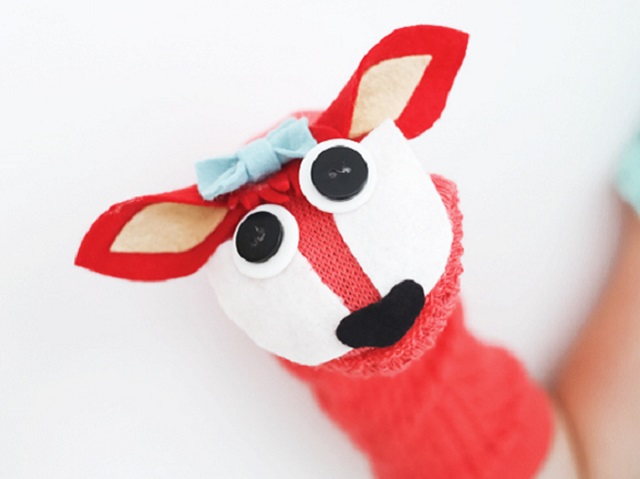
photo: Jess via Paging Supermom
1. Puppets
Make your own puppet (like this adorable fox pictured above), find one at the store, or just slip a sock over your hand. Any way you do it, you can engage your child’s imagination and language skills by creating new characters with different voices. Your baby will be babbling or talking back to your hand in no time. It’s one of the easiest baby language development ideas out there.
2. Mimicry
Go ahead and say “mom mom mom mom” to your little one every day, several times a day if you like! Jackie’s baby at I Heart Arts and Crafts sure thinks it’s funny, and you might, too. Mimic what your baby says to get them in the mood. Even cooing back to the tiniest baby works that part of their brain.
3. Ring Ring
Why not give baby a call and see what they have to say? Babies love pretend telephone calls, and they all involve some important vocabulary: Hello and goodbye, mama, dada, nana, etc. They also get to talk just for the fun of talking. Some kids who are less enthusiastic about talking seem to be encouraged when they get to play with a toy phone that looks just like yours.
4. Tickle My Feet
Help support baby language development when you connect with their toes (and delight them at the same time) with a few rounds of This Little Piggie. Repeat as many times as you both can stand it, as repetition is crucial for babies to learn and understand language. Be gentle on the littlest babies to avoid overstimulation, but older babies may need a tickle tackle when you’re done.
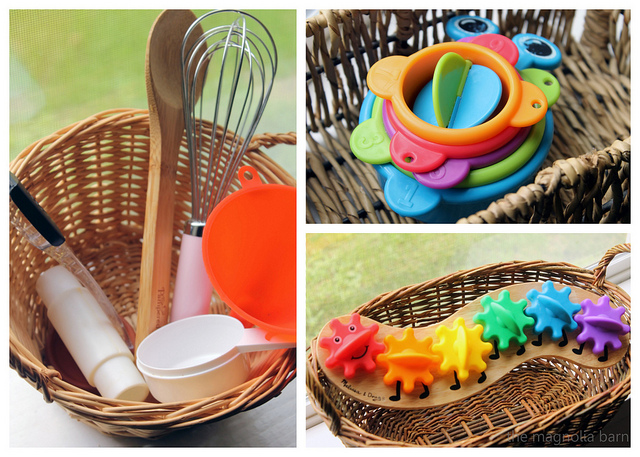
photo via The Magnolia Barn
5. Discovery Baskets
Introduce vocabulary with discovery baskets. They don’t have to be anything fancy – the container and objects can all be things you have around the house. Choose objects based on color, different foods, different textures, shiny things, things that have a smell – whatever you choose, take out each object and talk about it, and let baby play with the objects however they would like.
Related: 16 Books for Babies to Immerse Them in Reading from Day One
6. Counting Game
Research shows that infants are born understanding a bit more about numbers and arithmetic than you might think, and wow, do they love counting. Count three objects or claps with a steady rhythm, “One two three! One two three!” Repeat a few times, and then start counting to five. Create your own counting rhymes about your family or their favorite toys.
7. Big and Little
Help your little one learn the difference between “big” and “little” by giving baby two similar objects of differing size, like a big ball and a small ball. Say “This is the big ball; this is the small ball.” Talk to your little one about what you’re doing as you roll the balls, and ask baby to hand you the big ball or small ball.
8. Baby Jigsaw Peekaboo
Make your own jigsaw puzzle, and baby will be delighted by pictures of other babies, or of the faces of people they know and love. Talk about the puzzle, while you’re putting it together, repeating the names of those pictured. As they grow older, they’ll be able to use the puzzle to practice other skills, such as hand-eye coordination and pincer grasp.
9. I Know My Name
Observe your baby’s reactions to her name. Poke your head in his room and say his name, and then see what happens when you say another name. Insert her name in silly songs, and emphasize it in general conversations. If she reacts to her name, reinforce it. “Shannon likes eating yogurt. Yes, Shannon! We were talking about you!”
10. Talk, Sing, Read: Repeat
The more language they’re exposed to, the better. Narrate everything you do, and everywhere you go. People in the grocery store understand – they’re probably looking at how cute your babe is, anyway, not at you chattering away. Sing every day, even if you can’t carry a tune. Read books every day, even if baby can’t hold their head up. All these interactions are the building blocks of language and literacy.
Related: Spotify Playlists for Babies & Toddlers That Parents Will Actually Enjoy








